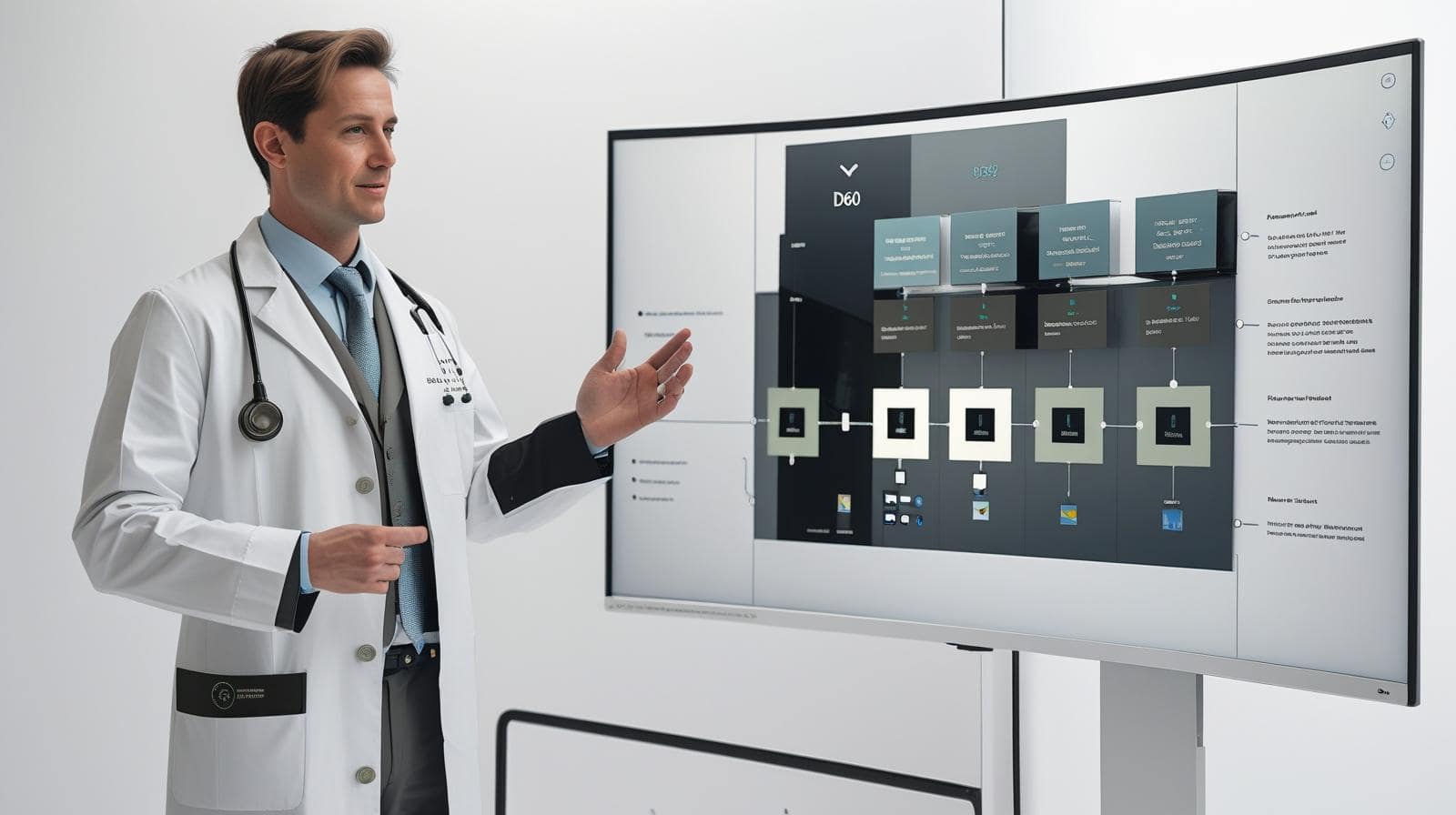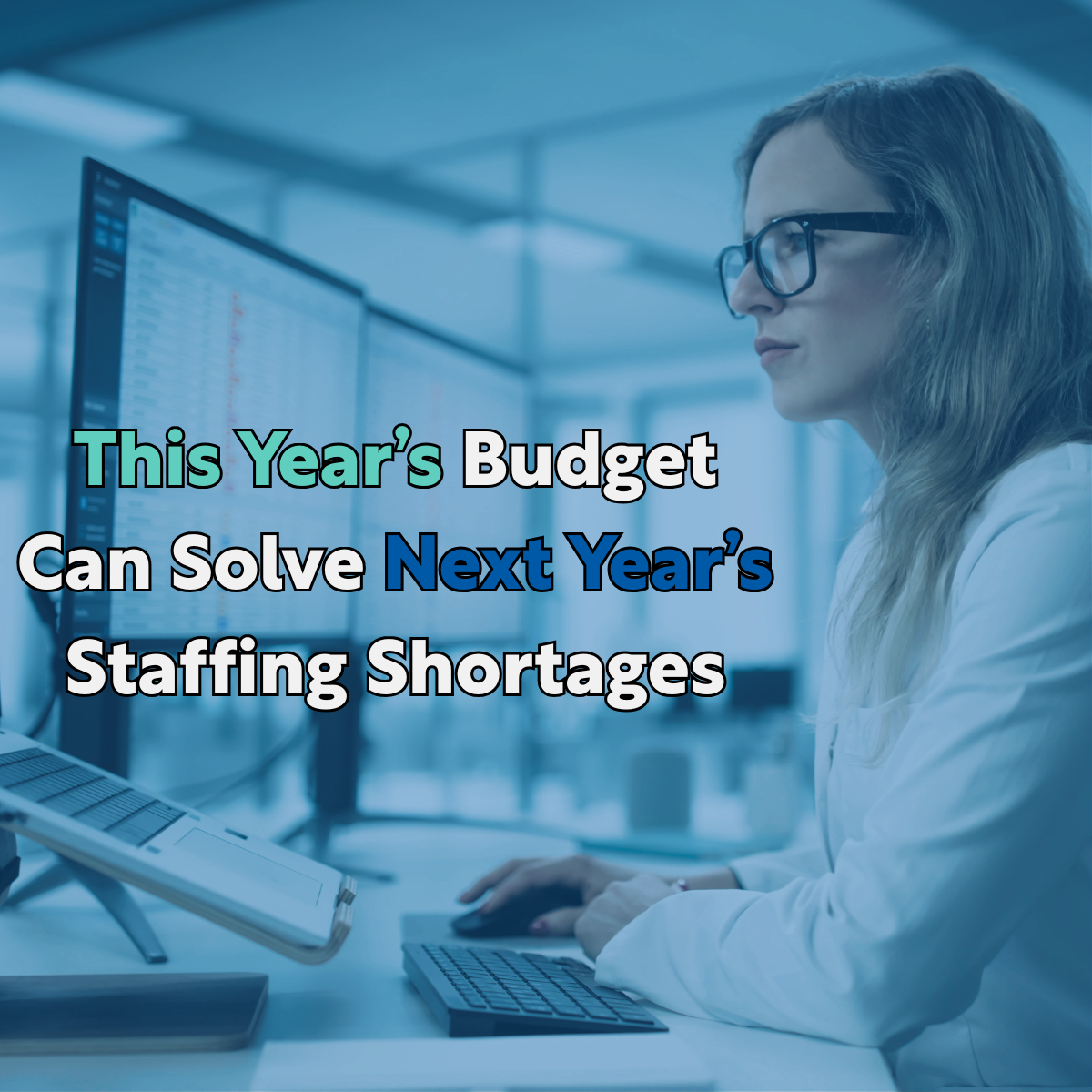1. Confirm MDR Compliance
a. Verify that the device complies with the Medical Device Regulation (MDR).
b. Ensure that the device has undergone appropriate conformity assessments.
c. If the device is certified under the MDD, please check if the device has a Confirmation Letter from the Notified Body to extend the MDD.
2. Check EUDAMED Registration
a. Confirm that the device is registered on EUDAMED.
b. Look for MDR certification, updates, alerts, or changes affecting its status. You can findm More about the EUDAMED here, and a detailed guide on how to use it here.
3. Review Certification and Notified Body
a. Check the device’s CE certification to confirm it meets EU standards.
b. Identify the Notified Body that assessed the device and verify their credentials.
4. Assess Clinical Data and Safety Information
a. Review available clinical data supporting the safety and efficacy of the device.
b. Check for any safety alerts or recalls related to the device.
5. Ensure Proper Training and Documentation
a. Ensure that all healthcare staff involved with the device receive proper training on its use, risks, and maintenance.
b. Maintain documentation on training sessions and participant lists.
6. Engage with Manufacturers for Support
a. Establish a clear line of communication with the device manufacturers for ongoing support and updates.
b. Schedule regular meetings with manufacturers to discuss any potential issues or updates regarding the device.
7. Regularly Update Device Information
a. Regularly check EUDAMED for any new information or updates regarding the device.
b. Keep all device documentation up to date, including manuals, manufacturer notices, and internal protocols.
Conclusion
By following this checklist, healthcare professionals can ensure that the medical devices they implement in their hospitals are not only compliant with the latest regulations but are also safe and effective for patient care. Regular updates and diligent monitoring are key to maintaining the high standards required by MDR and ensuring the safety of both patients and healthcare workers.








.jpg)
